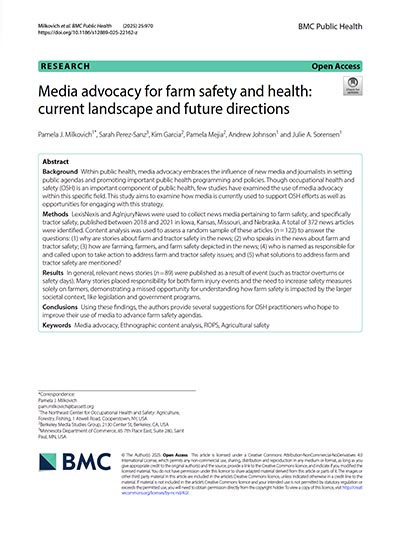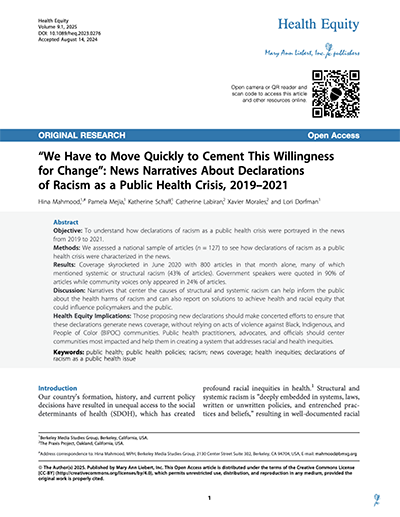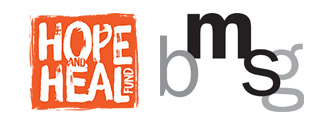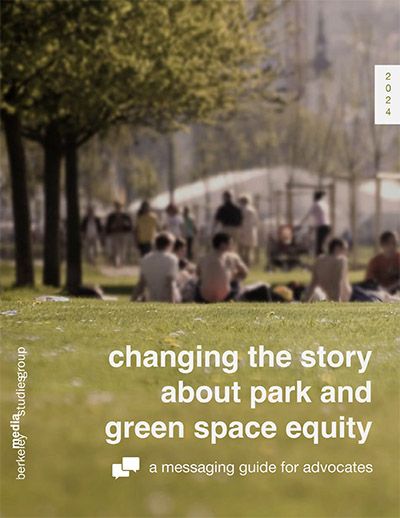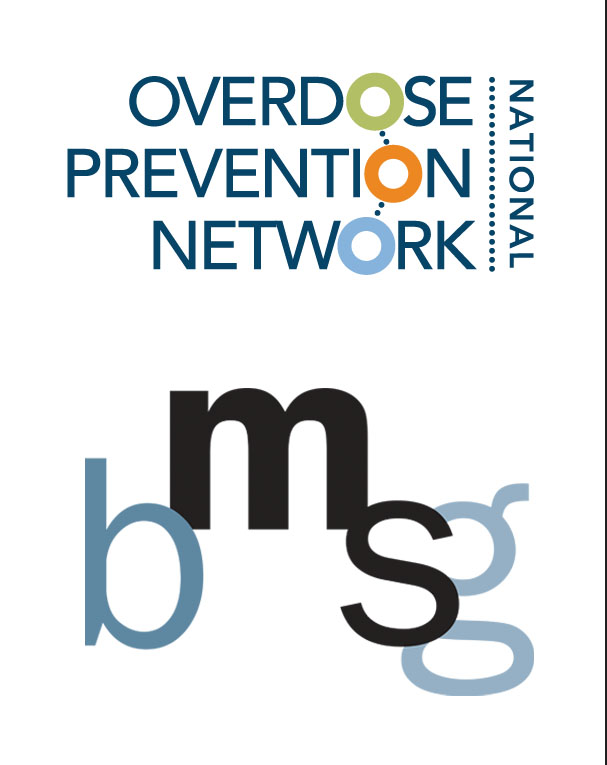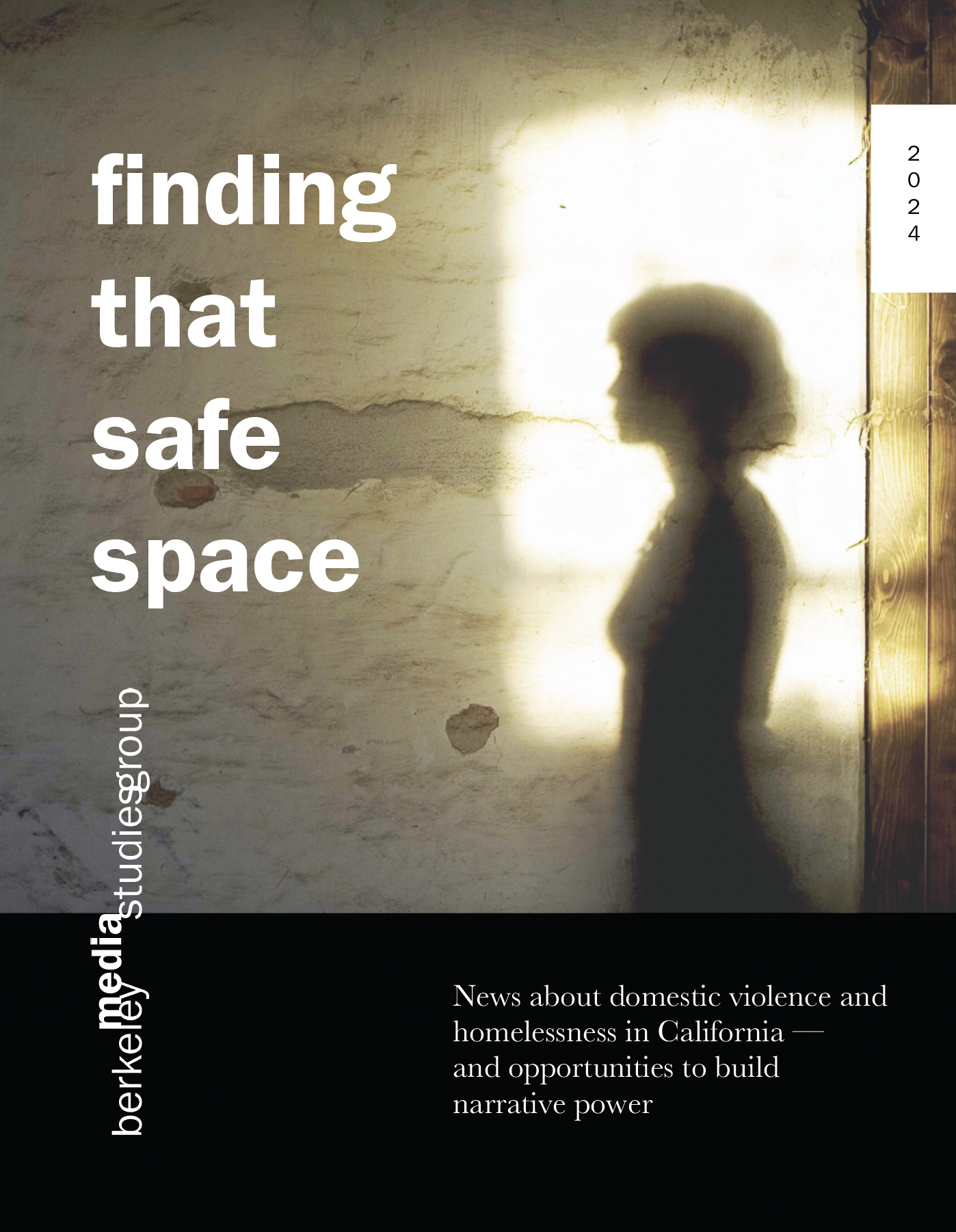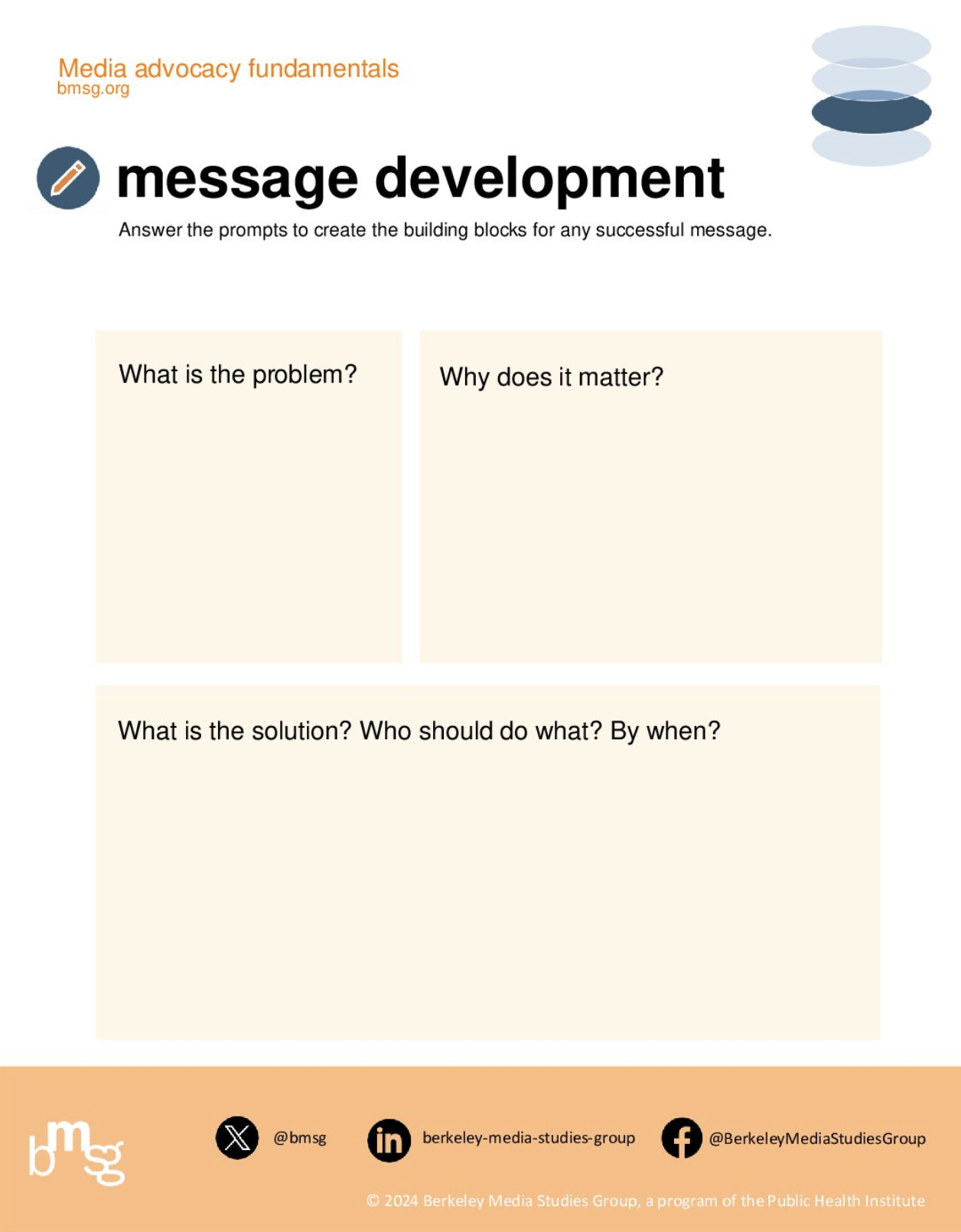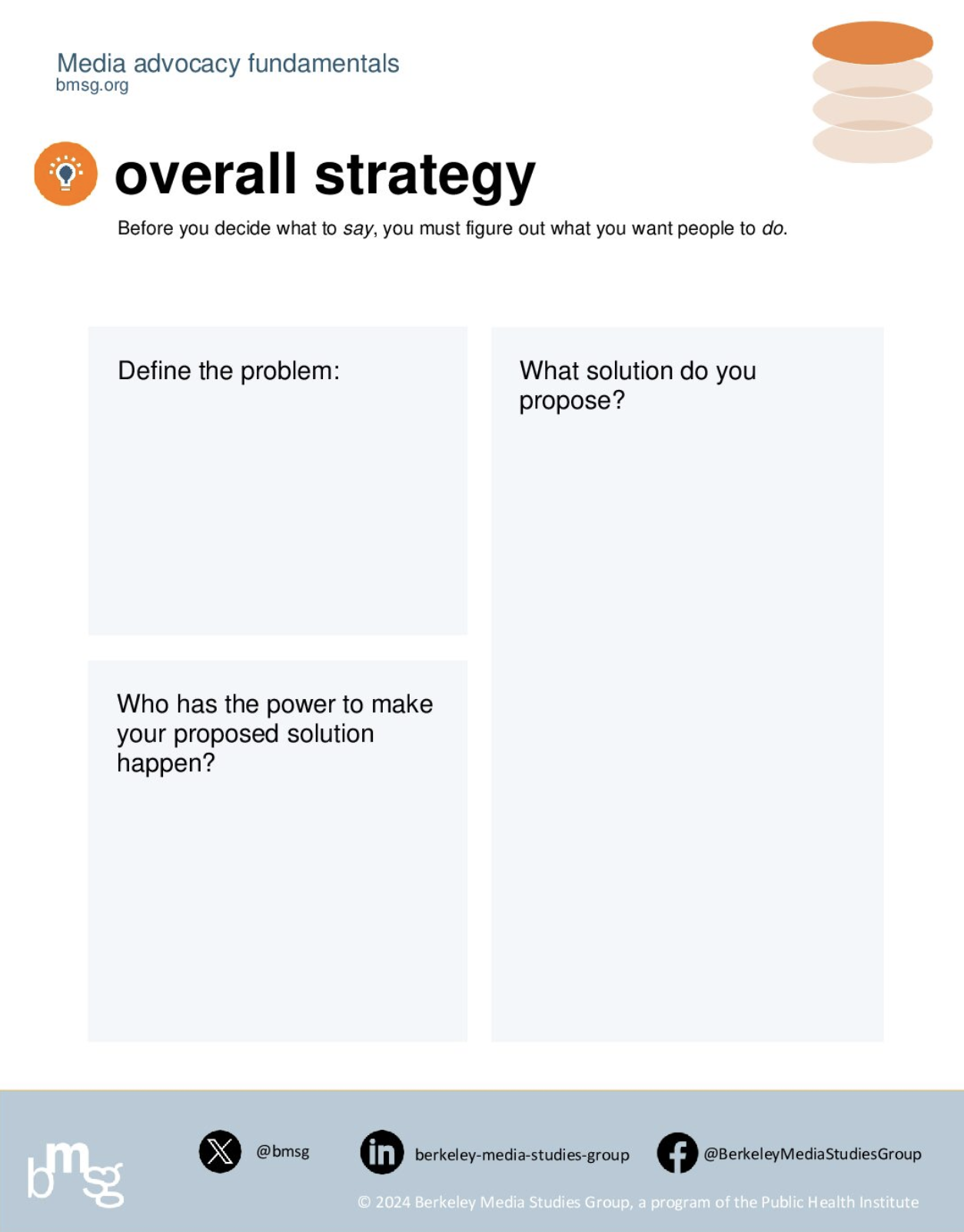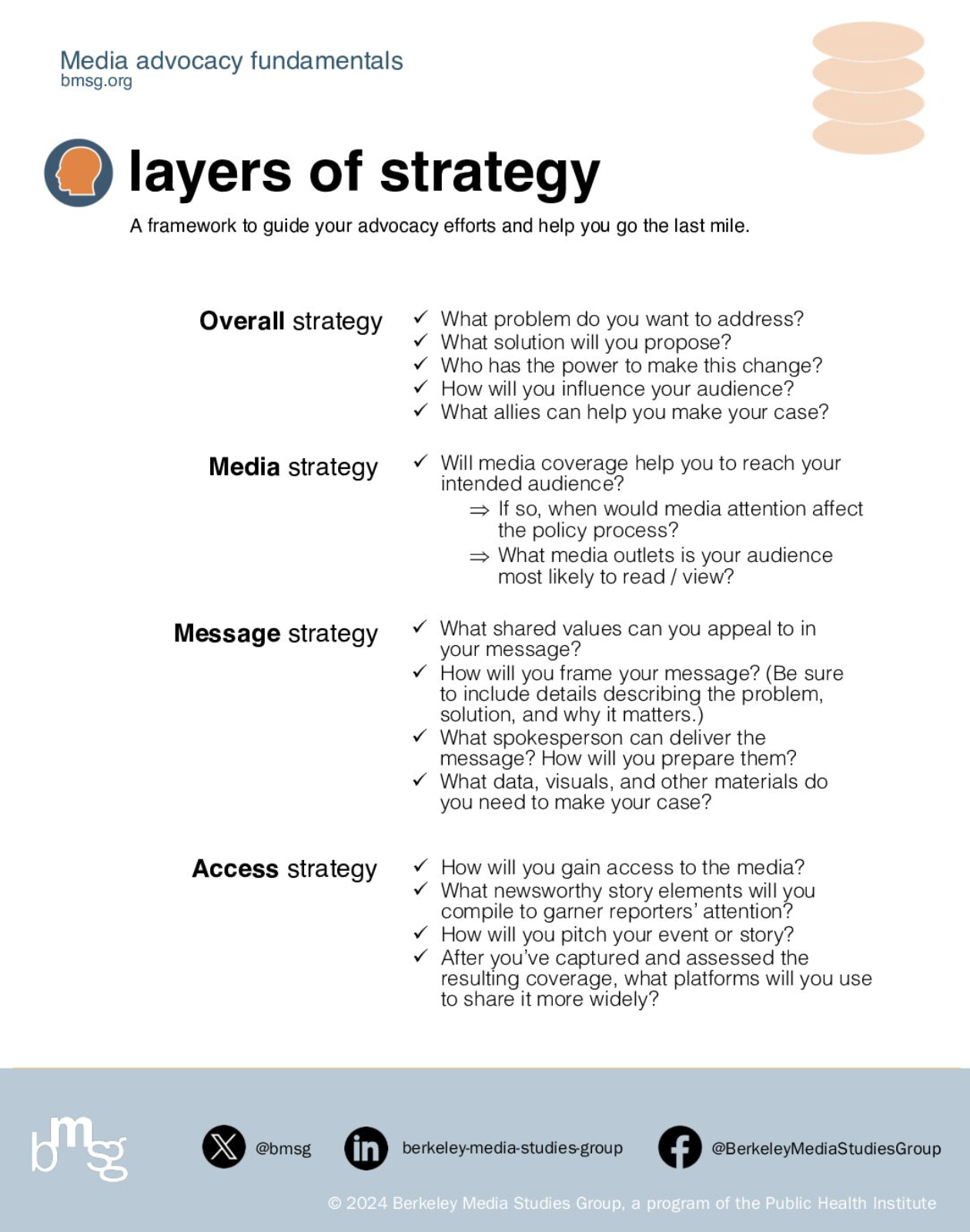Media advocacy for farm safety and health: current landscape and future directions
Tuesday, March 11, 2025How are farm and tractor safety portrayed in the news? Do solutions appear? Who has a voice in coverage? These are some of the questions that BMSG researchers examined in this study, published in BMC Public Health. The study also provides suggestions for occupational health and safety practitioners who hope to improve their use of media to advance farm safety agendas.




